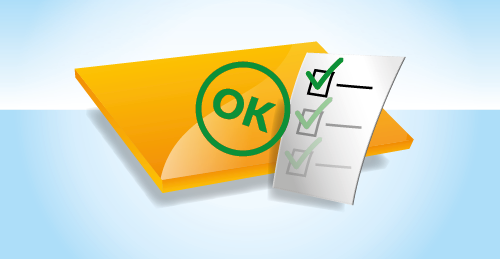The significance of responsibility has evolved significantly. Previously, it was limited to meeting legal minimum requirements, whereas today it is understood to involve ecologically, socially, and economically sustainable practices. This shift is also evident in the fact that earlier efforts focused on reducing harmful impacts, whereas the current goal is to increase positive effects. Furthermore, the emphasis has shifted from competitiveness to building a competitive advantage.
Aikolon's responsibility
A responsibility workgroup was set up at Aikolon in May 2023. The work began by first identifying key requirements and obligations, followed by recognizing the opportunities provided by responsibility. Subsequently, actions were planned to achieve the central objectives.
The group has been meeting through teams, and the initial steps included conducting Scope 1 and 2 calculations and gathering information on the recycling materials offered by suppliers. Additionally, a meeting on responsibility was held with our client, discussing their expectations of the company and exploring potential collaborative actions.

The Key Flag company is reliable and responsible
Companies generate approximately €190 billion worth of business with each other annually in Finland. This gives companies a significant opportunity to influence where financial flows are directed. According to a survey conducted by Aula Research Oy, about one-fifth of business decision-makers reported having relocated their supply chains to Finland in the past three years. This was attributed not only to improving supply chain reliability but also to ensuring quality and considering the company's values. According to recent research, the Key Flag emblem is the 11th most esteemed brand in Finland. It is associated with perceptions of reliability and responsibility, which are particularly meaningful in uncertain times.
The quality and development of Aikolon's operations
Aikolon's operations focus on assisting customers and contributing to their success. We emphasize understanding customer needs and strive to eliminate anything unnecessary that does not directly add value to the product or service. This helps to focus on the essential and eliminate waste. We also aim to balance production and demand, reducing the need for storage and costs.
Continuous improvement is a central goal at all levels of the organization, and employees are encouraged to propose improvement suggestions. We believe that small changes can evolve into significant improvements over time.
In our production facilities, we utilize visual management tools such as floor markings, checklists, machine boards, and target instructions. Floor markings ensure safe movement in production areas by keeping walkways and emergency exits clear. Checklists help track which actions have been taken, who performed them, and when. Machine boards provide information about machine-specific performance targets and achievements. Additionally, workstations have visual and detailed target instructions.
User maintenance and basic equipment care, such as cleaning, inspection, and lubrication, are handled internally. External parties are only responsible for annual maintenance. Near-miss situations are reviewed in weekly meetings, and the executive team monitors accident frequency in monthly meetings.
We have taken additional steps towards a more responsible future. Small changes can lead to significant improvements over time, and together we can create a more sustainable and responsible future.



